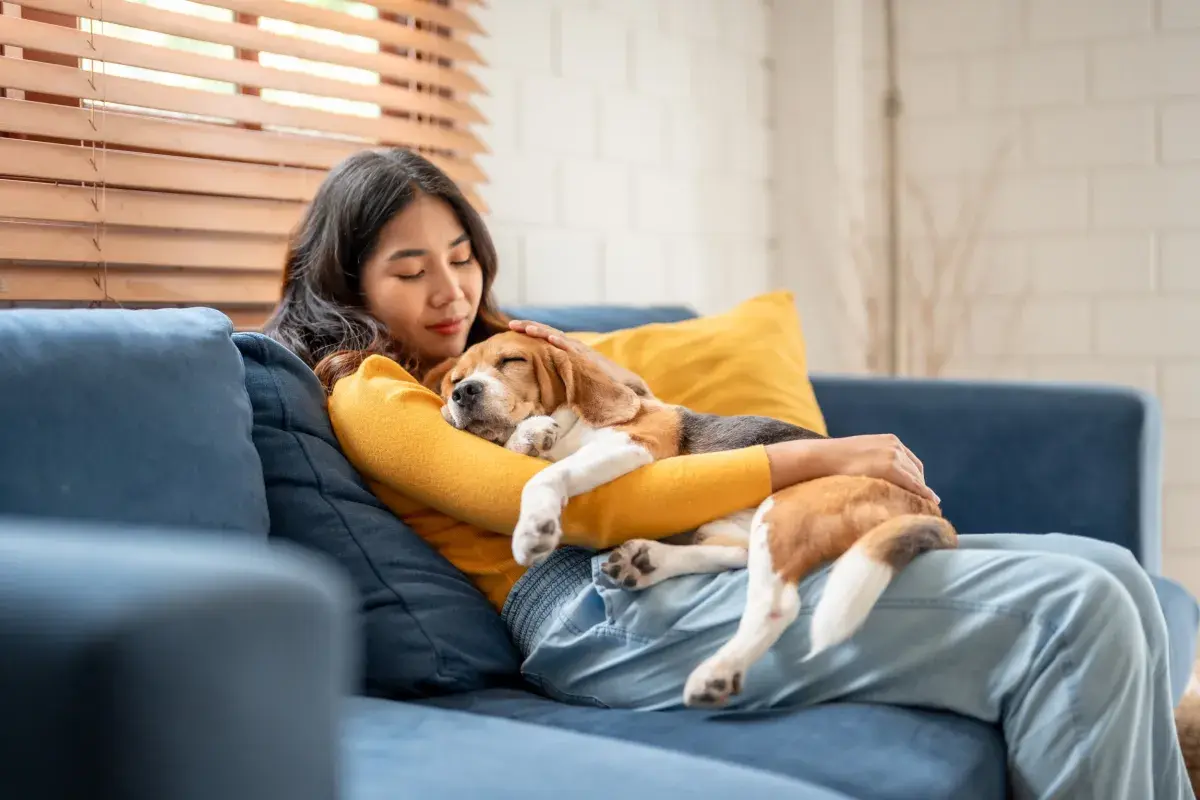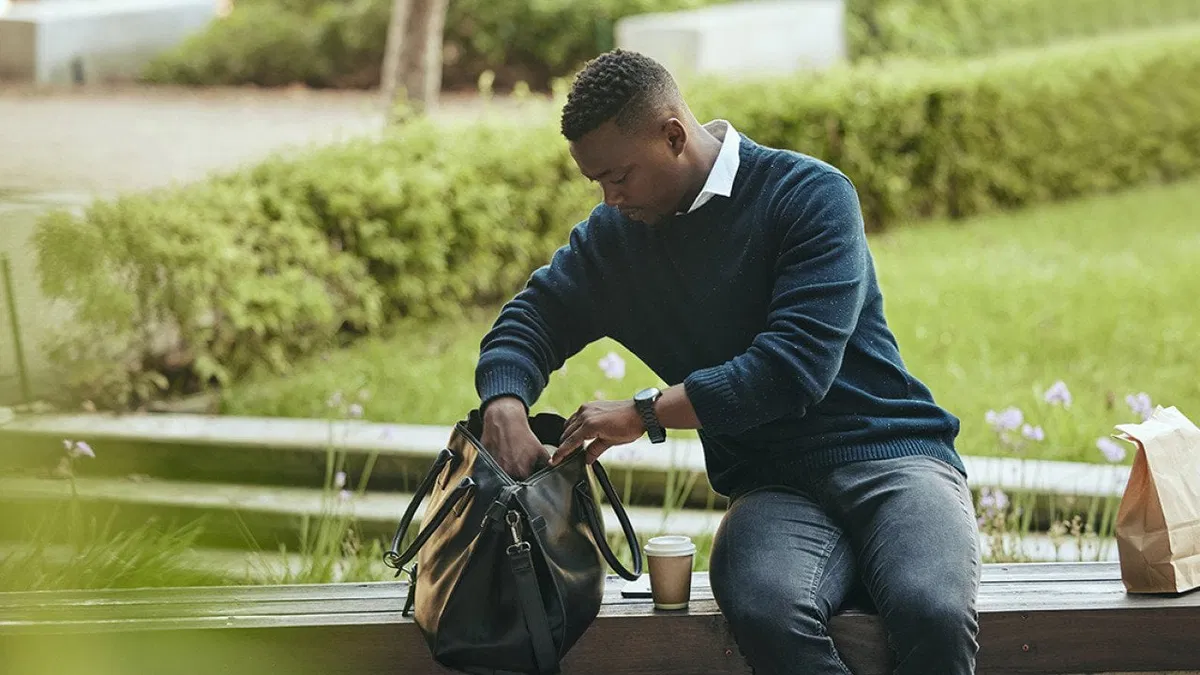
In today’s busy world, it can be hard to know whether you’re giving your pet enough attention—especially when it comes to quiet, affectionate time together. While plenty of advice focuses on exercise and mental stimulation, what about simple cuddles with our furry friends?
Dogs remain the most popular pet in the U.S., with nearly half of households (45.5 percent) owning one, according to the American Veterinary Medical Association (AVMA). Newsweek spoke with Dr. Bethany Hsia, a doctor of veterinary medicine, and professional dog trainer Leigh Siegfried to learn what really matters when cuddling your pet.
When asked if there’s an ideal amount of daily cuddle time, Hsia told Newsweek: “There is not a universal ‘ideal number of minutes’ of cuddle time as some pets thrive on extensive physical affection and others prefer less direct contact.”
Siegfried, founder of Opportunity Barks, agreed: “If you’re looking for a number, you’ve already missed the point. It’s not a stopwatch thing. It’s a trust thing. The right amount is whatever happens organically when your animal is relaxed enough to receive you. Sometimes that’s a quick lean. Sometimes it’s hours of leaning or couch gravity.”
Hsia, also the co-founder of CodaPet—a network of veterinarians offering at-home pet care—emphasized that consistent, positive interaction is more important than duration.
She said: “Pets generally do get happier when their need for affection is met, which can include cuddling, but the duration is less critical than the quality and the pet’s individual preference.”
Breed and Personality Differences
Some breeds are naturally more affectionate. Hsia explained: “For dogs, breeds such as golden retrievers or Cavalier King Charles spaniels often have a higher need for physical closeness and may benefit from more frequent and longer cuddle sessions.”
But beyond breed, a pet’s personality, age, and past experiences will shape their cuddle preferences.
The Science Behind Cuddling
Cuddling isn’t just comforting—it triggers measurable biological changes. Hsia noted: “Studies show that oxytocin levels in both dogs and humans can rise significantly within minutes of positive interaction, including petting and cuddling. This hormonal response fosters bonding and reduces stress.”
A 2017 study of 10 women and their male Labrador retrievers tracked oxytocin (the “love hormone”) and cortisol (the stress hormone) during a one-hour play session.
Researchers found a two-way hormonal link: owners with lower oxytocin tended to pet their dogs more, and dogs with lower oxytocin received more gentle stroking.
However, energetic touches such as patting or scratching increased the dogs’ cortisol levels, indicating stress. The takeaway: gentle, calm touch strengthens bonds and influences both human and canine hormones.
Reading Your Pet’s Signals
The best way to know how much cuddle time your pet wants is to watch their body language.
Siegfried told Newsweek that dogs show they’re comfortable with cues such as:
Flopping into you and softening their body
Deep sighs, slow breathing, and relaxed muscles
Choosing to stay close without being restrained
Signs of discomfort include:
Pulling away, avoiding eye contact, or yawning repeatedly
Becoming hyperactive or bouncy after cuddling, which may mean they weren’t truly relaxed
“If you’re constantly chasing your pet for affection and they’re dodging, you’re not giving love. You’re taking it,” Siegfried said.
Avoid Over-Cuddling
Too much affection can backfire. Hsia cautioned: “Over-cuddling can lead to stress or anxiety in pets. Your pet might try to escape, show subtle signs of discomfort, or eventually escalate to more overt warnings like growling, or nipping.”
Siegfried summed it up: “Cuddles aren’t a biological requirement. Fulfillment is. If your dog’s tank is full from movement, play, sniffing, chewing, social time, then affection might be the cherry on top.
“Touch is important, it’s bonding, it’s a real exchange between humans and animals (dogs or cats, if they value it), but…if you’re trying to skip all that and go straight to cuddling, that’s not love, that’s avoidance of what really creates quality of life for your dog (not just for you).”



